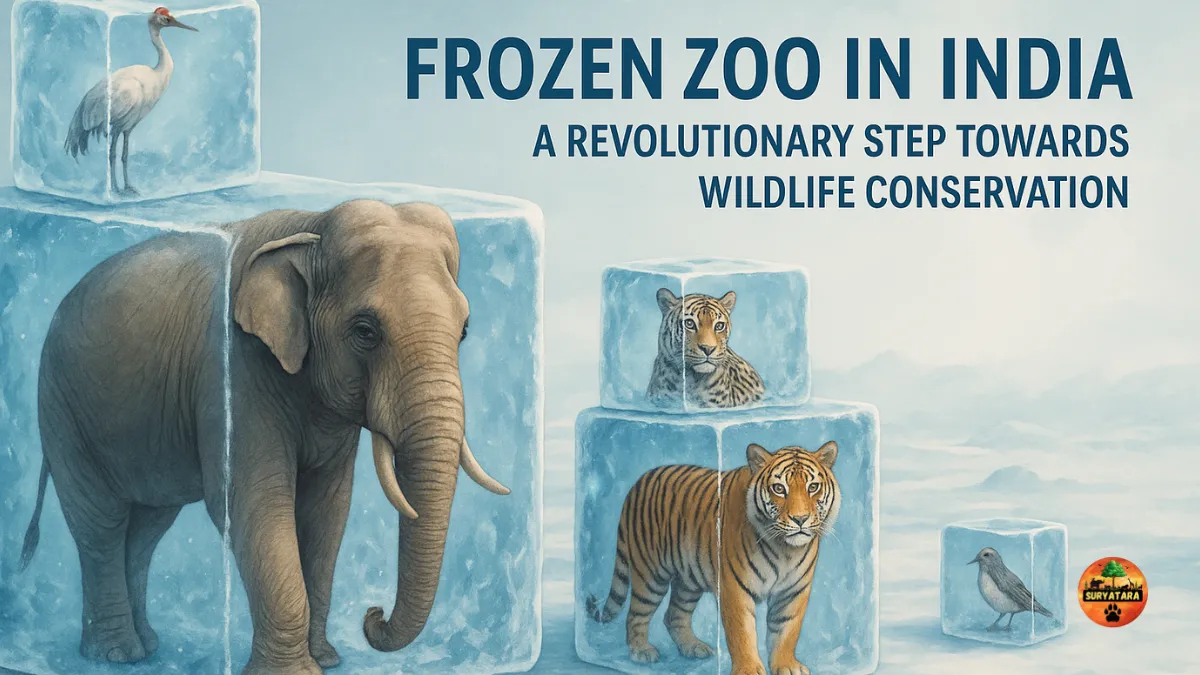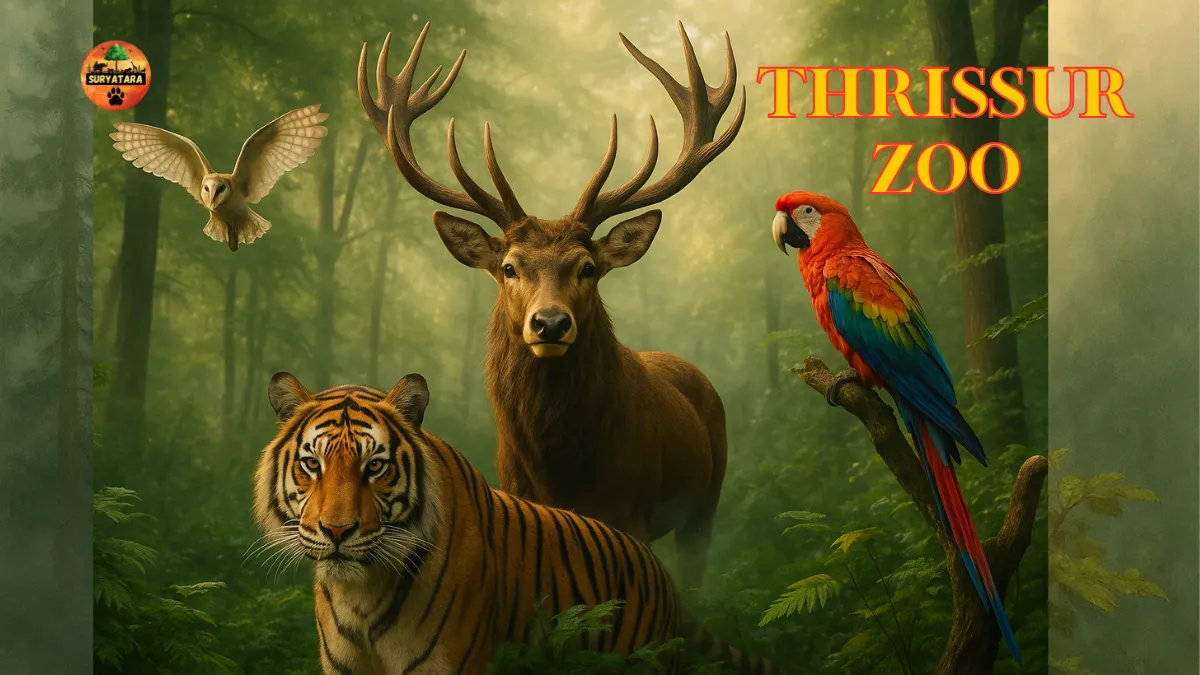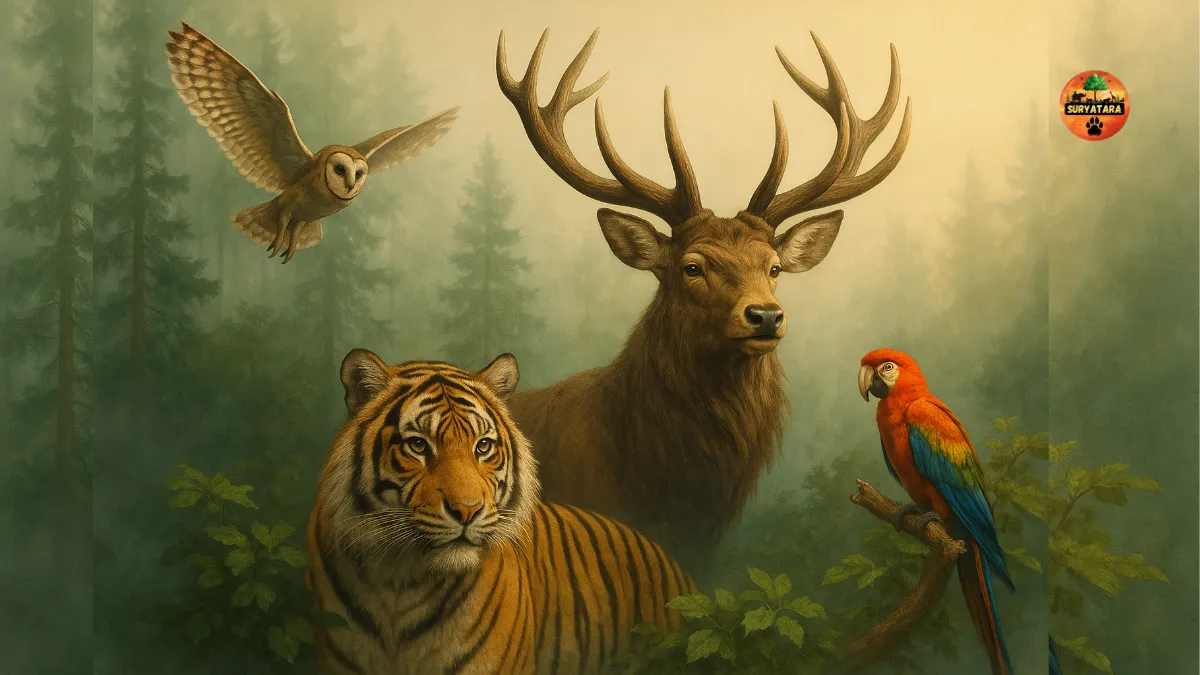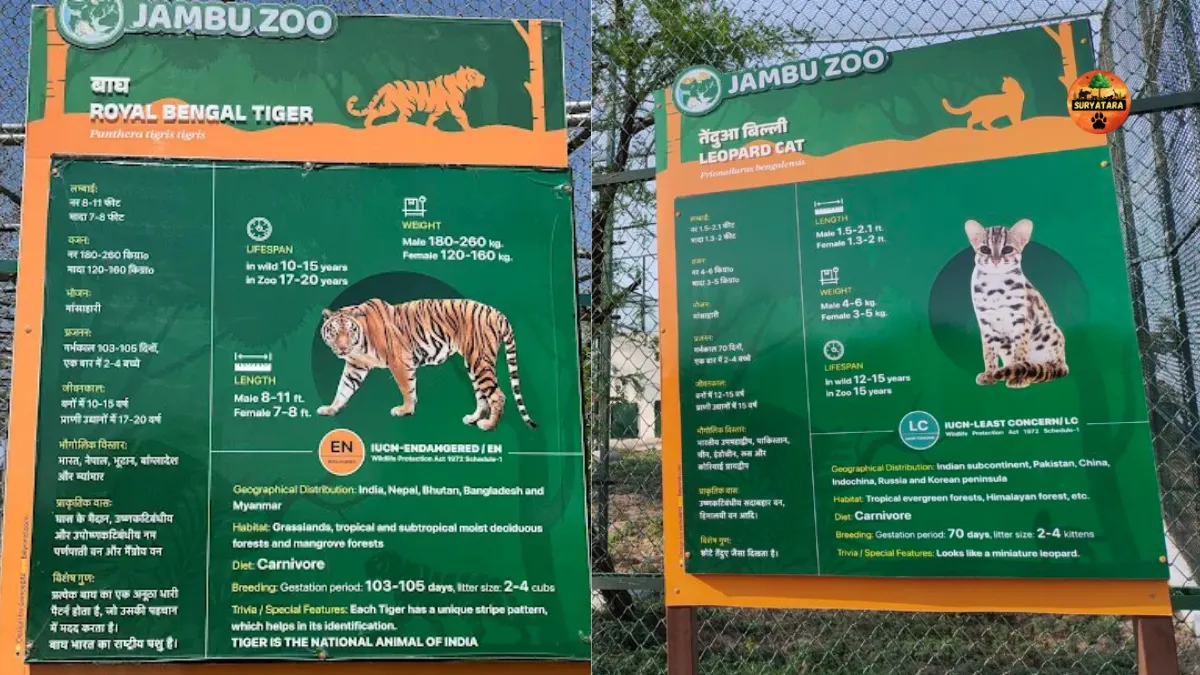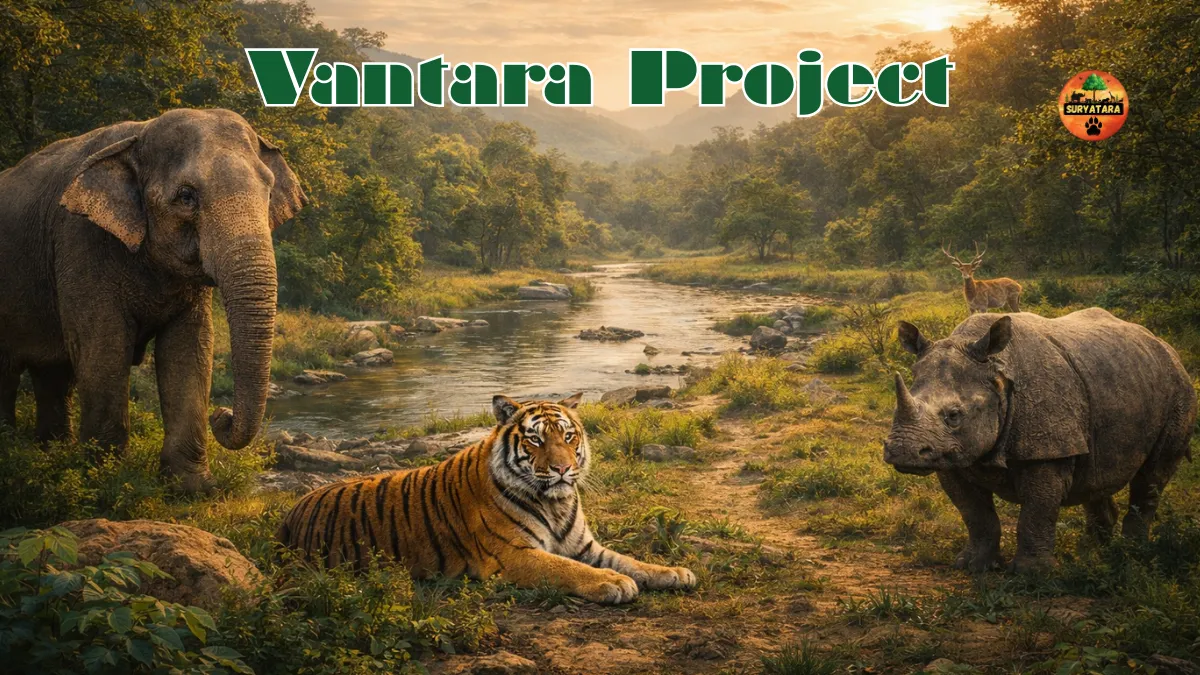Frozen zoo in India: Nestled in the misty lap of the Eastern Himalayas, the Padmaja Naidu Himalayan Zoological Park in Darjeeling, West Bengal, is leading a remarkable conservation initiative. While it may remind some of a ‘Jurassic Park‘, its mission is far more grounded and urgent – not to revive extinct creatures, but to preserve today’s endangered species for tomorrow.
India’s First Frozen Zoo: A Genetic Treasure Trove
Darjeeling is now home to India’s first ‘Frozen Zoo‘, also referred to as a ‘Genetic Ark’. Here, the genetic material of Himalayan animals is safely stored in liquid nitrogen at -196°C. This cutting-edge facility has been made possible in collaboration with the Centre for Cellular and Molecular Biology (CCMB), Hyderabad. Its purpose is clear — even if a species disappears from the wild, its DNA blueprint will remain preserved for possible revival in the future.
A New Era in Conservation: Preserving DNA for the Future

According to Debal Roy, Chief Wildlife Warden of Bengal, the initiative is not limited to living animals. Tissue samples from deceased animals—whether due to natural causes or accidents—are also collected and stored here. This functions as a DNA archive, growing more valuable with time and potentially playing a vital role in restoring biodiversity.
Frozen zoo in India Highest Altitude Zoo
Situated at 2,150 meters above sea level, this zoo is the highest in India. Spread over 67.8 acres, it serves as a major conservation hub for species like the Red Panda, Snow Leopard, and Tibetan Wolf. Not only does the zoo care for live animals, but it also preserves their genetic materials — making it much more than a traditional zoo.
India Joins a Global Conservation Movement
This Frozen Zoo is part of a growing global trend. Darjeeling began its biobanking journey in July 2024, collecting genetic material from endangered species such as the Red Panda, Snow Leopard, Goral, and Himalayan Black Bear. These efforts mark India’s entry into the global conservation map.
An Insurance Policy for Wildlife
Zoo Director Basavaraj Holeyachi describes this effort as “an insurance policy for wildlife.” A dedicated lab within the zoo is responsible for preserving genetic material at two levels:
- Genetic sampling at -20°C, and
- Deep bio-banking at -196°C.
Scientists ensure that the cells remain intact during the process so they can be used even years later without damage.
Also read: Sundarban National Park: A Mysterious World of Mangroves and Majestic Tigers
Recognized on the Global Stage
The project has received international recognition as well. The World Association of Zoos and Aquariums (WAZA) has officially included Darjeeling’s lab in its prestigious Red Panda Conservation Project. This highlights India’s growing role in protecting global biodiversity.
Also read: Hazaribagh Wildlife Sanctuary: A Natural Haven in Jharkhand
Conclusion
Darjeeling’s Frozen Zoo is more than a zoo—it’s a pioneering model of futuristic wildlife conservation. It offers a scientific, scalable, and sustainable approach to protecting endangered species and securing biodiversity for generations to come.
